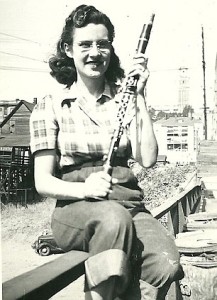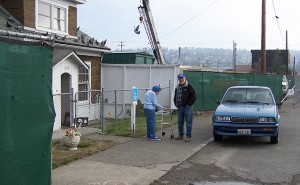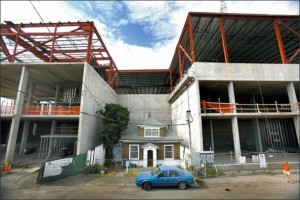As construction engulfed Edith Macefield’s neighborhood, Ms. Macefield became an international symbol of resistance against development. Ms. Macefield did not want to have to change her location in the last few years of her life and this opposition represented an unexpected legacy.
Ms. Macefield had witnessed courses of Seattle development throughout her long life. She seemed to be aware of where it was headed, according to Barry Martin, superintendent of the construction project neighboring Macefield’s home and friend to Macefield herself.
“Change is change. You know that building you are going to build? Twenty years from now, they’ll tear that down too,” Macefield told Martin, according to Martin’s novel “Under One Roof.”
Macefield ended up leaving her home to Martin, the first hands of many since 2008 to take possession of the tiny home.
Currently, the plan to “save” what’s left of Edith’s house is to move the structure to Orcas Island to become an affordable housing option. Read full report on that here.
To many, Macefield’s story represents an end of a generational era in Ballard. To others– like the estimated 40 people who’ve been tattooed with an image of the Macefield house and the word “steadfast” underneath– Macefield is an icon of refusing to sellout old Seattle authenticity on which this historic port neighborhood was founded.
Photo Joshua Trujilo

Above, Edith is pictured in her youth with the instrument that her cousin, the clarinetist Benny Goodman gave her. Below, Edith walks outside of her home in the midst of the beginning of construction in the area. Barry Martin is pictured on the right.



